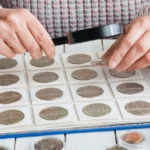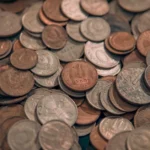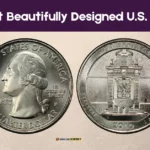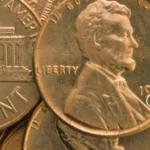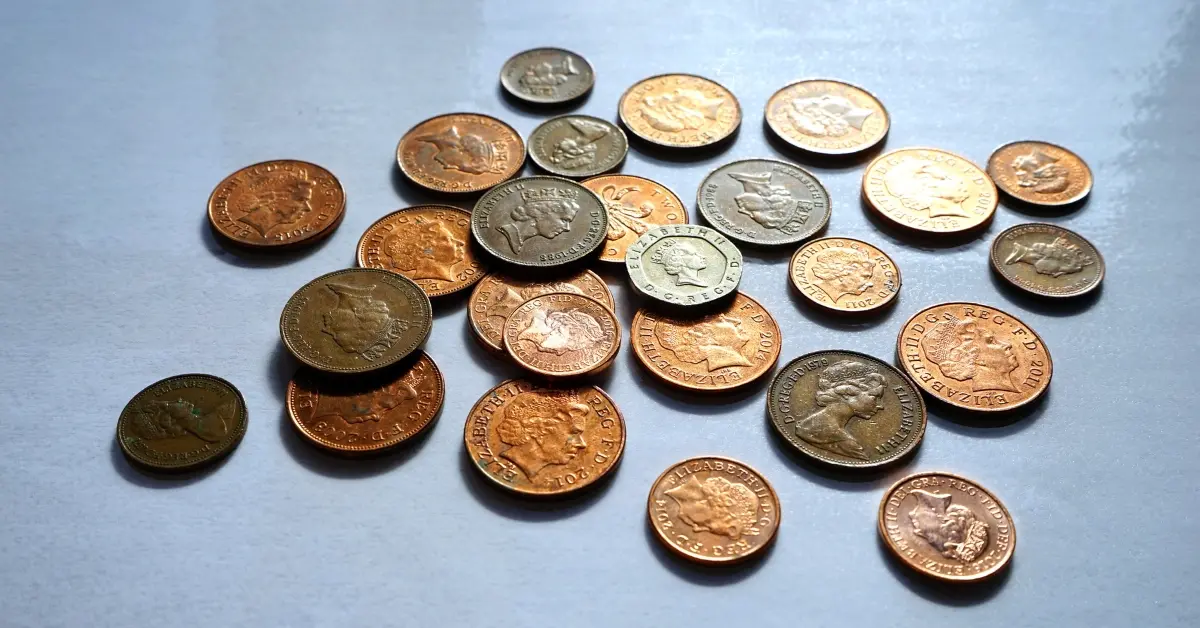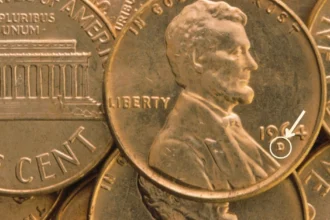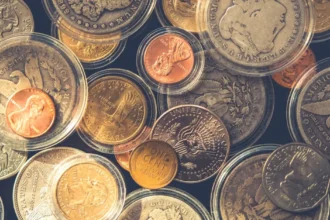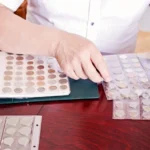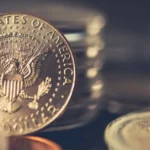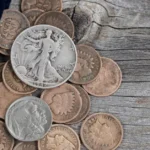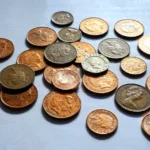What Is Coin Collecting (Numismatics)?
Coin collecting, also known as numismatics, is more than a hobby it’s a journey through history, culture, and art. Collectors treasure coins not only for their monetary value but also for their historical significance, intricate designs, and the stories they tell. From ancient coins to modern commemorative issues, every coin offers a glimpse into the past.
Whether you’re collecting for fun, as an investment, or as a way to preserve a piece of history, understanding the world of coin collecting is a rewarding experience.
Why Understanding Coin Collecting Terms Is Essential
In coin collecting, knowledge is power. For beginners, learning the basic terminology—like what an obverse or mint mark is—makes it easier to navigate the hobby without confusion. For advanced collectors and investors, mastering industry-specific jargon like Sheldon Grading Scale or double die errors can help evaluate coins’ value and authenticity more accurately.
If you know this coin collecting Terms it helps you make informed decisions, whether you’re buying a rare coin, bidding in an auction, or simply discussing your collection with fellow enthusiasts.
The Scope of This Glossary
This glossary is designed to be your ultimate reference guide, covering terms that cater to:
- Beginners, who need a strong foundation in coin-collecting basics.
- Advanced collectors, looking for precise industry terms to expand their expertise.
- Investors, seeking terms related to coin grading, precious metals, and market value.
It includes everything from simple definitions like “circulated coins” to more advanced concepts such as “bullion certification” and “error coins.” By the end of this glossary, you’ll have a clear understanding of the terms that enhance your knowledge and help you grow as a collector.
Structured Glossary by Category
Understanding the language of coin collecting is essential for navigating this fascinating hobby or investment avenue. Below is a detailed glossary, organized into categories, with clear explanations and examples for each term to provide both beginners and experts with valuable insights.
a) Basic Terms for Beginners
Obverse
The obverse is the front side of a coin, typically displaying the main design or image. This side often features the portrait of a prominent figure, such as a historical leader, monarch, or symbolic representation of a nation.
Example: On a U.S. quarter, the obverse displays the profile of George Washington.

Reverse
The reverse is the back side of a coin, usually featuring a complementary design, inscription, or emblem. It often represents a national symbol or a theme unique to that coin series.
Example: The reverse of the U.S. quarter depicts a bald eagle or, in state quarters, designs specific to each U.S. state.
Mint
A mint is a facility where coins are produced, including designing, striking, and finalizing them for circulation or collection.

Example: The U.S. Mint produces coins for the United States, with facilities in locations such as Philadelphia, Denver, and San Francisco.
Denomination
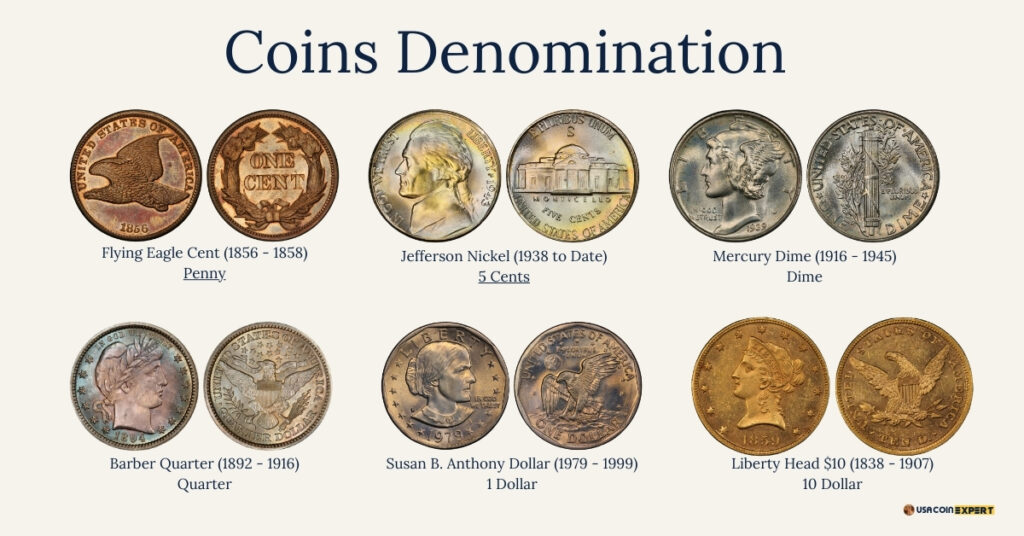
Denomination refers to the face value assigned to a coin, which determines its worth in everyday transactions.
Example: A penny has a denomination of one cent, while a dime is ten cents.
Proof Coin
A proof coin is a special type of coin struck with highly polished dies, giving it a mirror-like finish. These coins are often made for collectors and not intended for general circulation.
Example: A 2023 Proof Silver Eagle coin is a popular collector’s item known for its detailed finish.
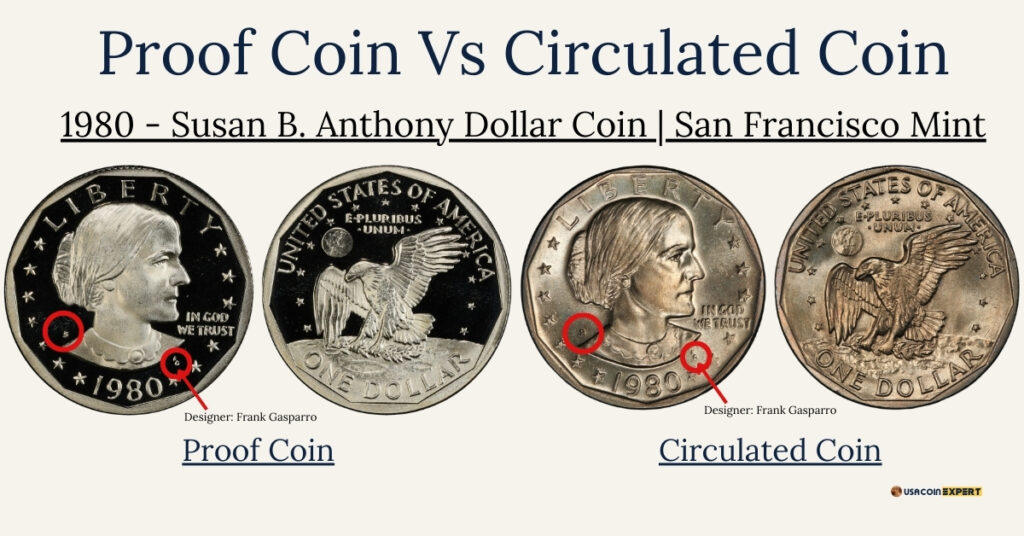
Circulated vs. Uncirculated
- Circulated coins are those that have been used in commerce, often showing wear and tear.
- Uncirculated coins have never been used in transactions and retain their mint condition.Example: A circulated 1965 U.S. quarter may show scratches and dullness, while an uncirculated one appears crisp with no signs of handling.
Date
The date on a coin indicates the year it was minted, which is crucial for determining its historical context and value.
Example: A U.S. penny with the date “1909” is significant because it marks the first year the Lincoln cent was issued.
b) Coin Grading Terms
Grade
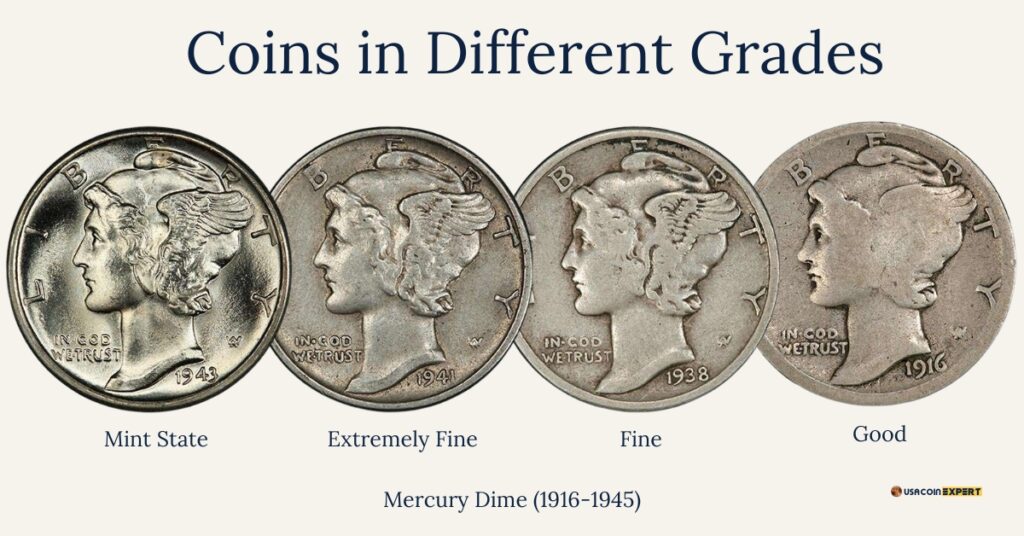
The grade of a coin represents its condition, ranging from Poor (P-1) for heavily damaged coins to Mint State (MS-70) for flawless examples. Grading helps collectors determine a coin’s value and desirability.
Example: An MS-65 Morgan silver dollar is highly sought after due to its near-perfect quality.
Toning
Toning refers to the natural coloration or patina that forms on a coin’s surface due to exposure to air and environmental factors. While some collectors value attractive toning, others may prefer untarnished coins.
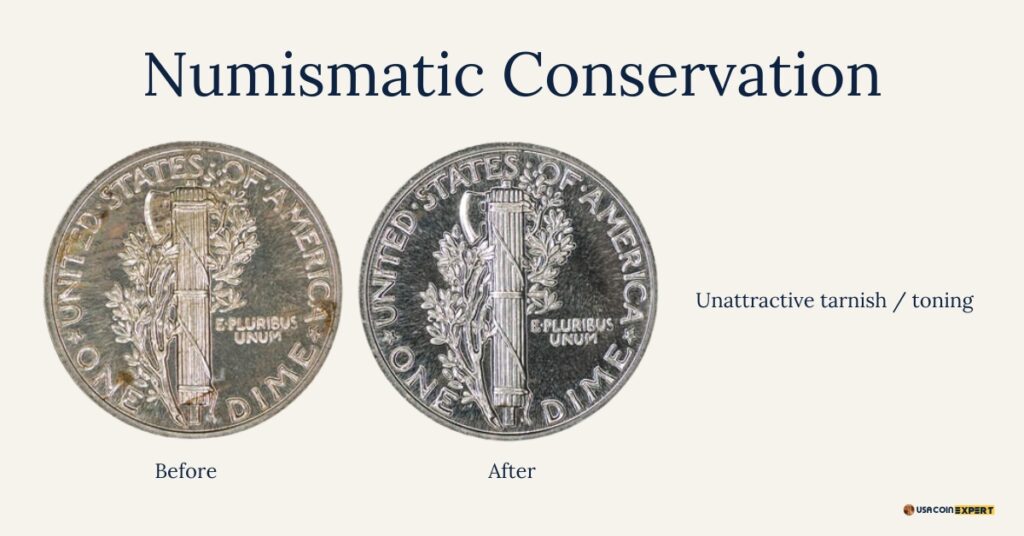
Example: A silver coin with rainbow toning can be more valuable because of its unique appearance.
Bag Marks
Bag marks are small scratches or dents that occur when coins hit each other during storage or transportation in bags.
Example: A gold coin with minimal bag marks is more appealing to collectors.
Sheldon Grading Scale
Developed by Dr. William Sheldon, this 1–70 scale is the industry standard for grading coins. A grade of 70 indicates a perfect coin.
Example: A Sheldon grade of “AU-50” (About Uncirculated) means the coin shows slight wear but retains much of its original detail.
c) Technical Terms
Die
A die is the metal tool used to imprint a coin’s design onto a blank surface. Each coin requires two dies—one for the obverse and one for the reverse.
Example: A cracked die can result in unique error coins known as “die cracks.”
Planchet
The planchet is the blank metal disk onto which a coin’s design is stamped.
Example: A copper planchet is used for pennies, while a silver planchet is used for silver dollars.
Edge
The edge of a coin is its outermost boundary, which can be plain, reeded (grooved), or lettered.
Example: The reeded edge of a U.S. quarter helps prevent counterfeiting.
Alloy
An alloy is a mixture of metals used in coin production, chosen for durability and cost-effectiveness.
Example: Modern U.S. pennies are made from an alloy of zinc and copper.
d) Minting-Related Terms
Mint Mark
A mint mark is a small letter or symbol on a coin that indicates the facility where it was produced.
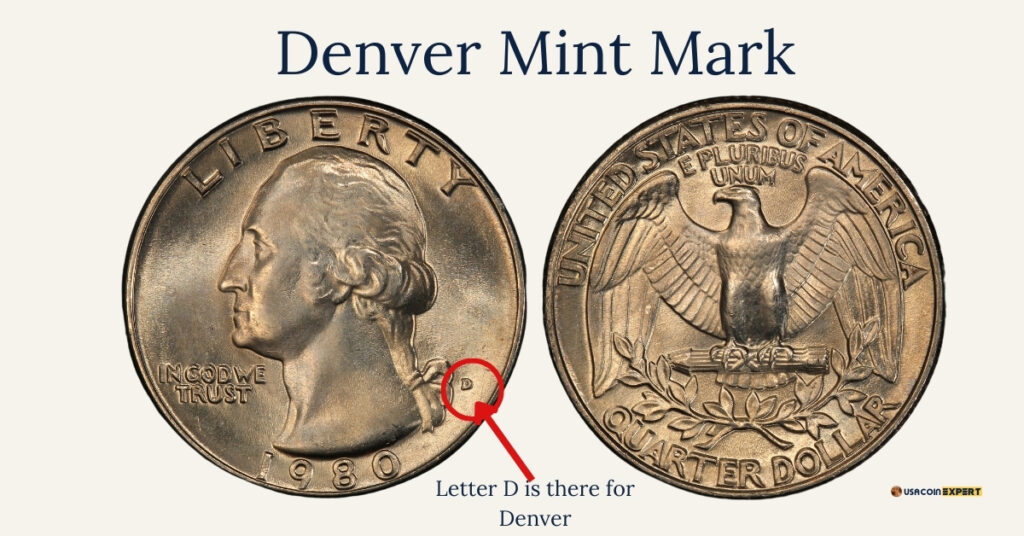
Example: A “D” on a U.S. Quarter means it was minted in Denver, while an “S” indicates San Francisco.
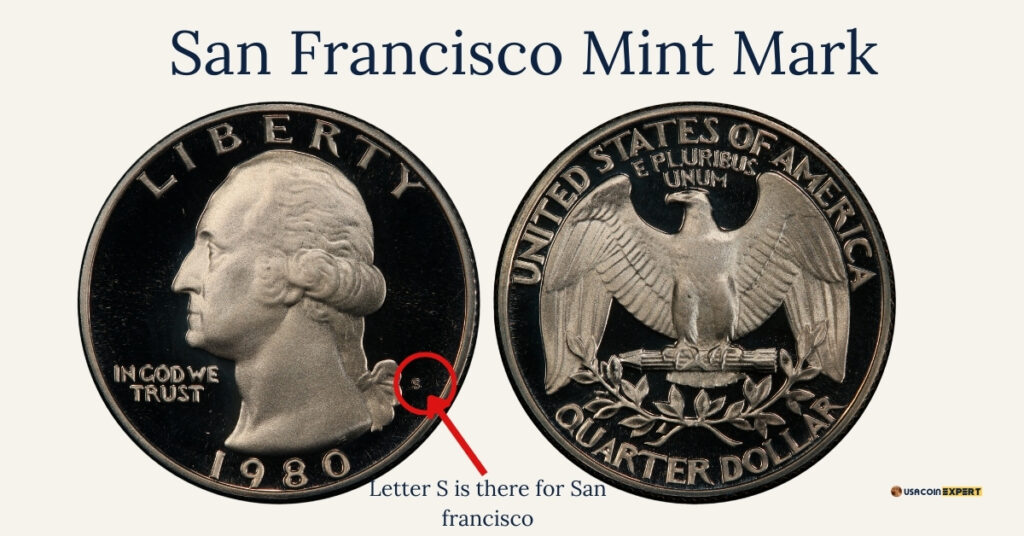
Double Die
A double die error occurs when a coin is struck twice with misaligned dies, creating a doubled image.
Example: The 1955 Lincoln cent is famous for its pronounced double die error.
Strike
The strike refers to the process of stamping a design onto a coin’s surface. The quality of the strike can affect a coin’s detail and value.
Example: Coins with weak strikes may lack clear details, reducing their appeal to collectors.
Commemorative Coin
Commemorative coins are special issues that honor significant events, people, or anniversaries.
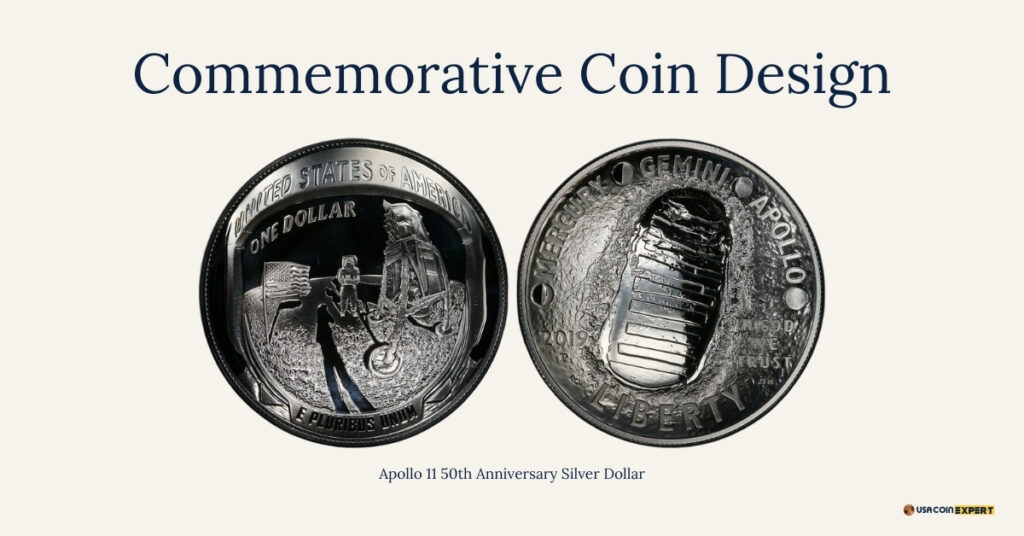
Example: United States Mint is Presented the Apollo 11 50th Anniversary Commemorative Coin Program to celebrate its first manned Moon landing on July 20, 1969,
e) Error Coins
Clipped Planchet

A clipped planchet error occurs when a coin is struck on a blank that is missing a portion of its edge.
Example: A half-moon-shaped cutout on a penny makes it a clipped planchet error.
Off-Center Strike
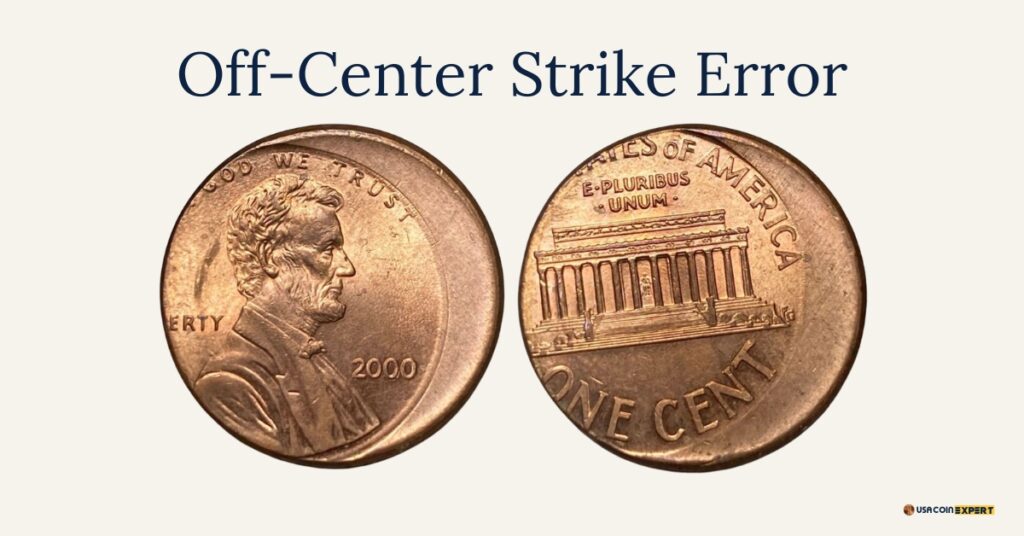
An off-center strike happens when the die strikes the planchet incorrectly, resulting in a misaligned design.
Example: An off-center Washington quarter shows part of the blank planchet.
Blank Planchet

A blank planchet is a coin that skipped the stamping process, appearing as a plain metal disk.
Example: Collectors often prize blank planchets for their rarity.
f) Advanced Terms for Experts
Numismatist
A numismatist is a person who studies or collects coins, currency, and related items.
Example: Professional numismatists often appraise rare coins for auctions.
Bullion Coin
Bullion coins derive their value from their precious metal content, not face value.
Example: The American Gold Eagle is a popular bullion coin among investors.
Seigniorage
Seigniorage is the profit a mint makes from producing coins, calculated as the difference between a coin’s face value and its production cost.
Example: If it costs $0.10 to make a quarter, the seigniorage is $0.15.
Encapsulation
Encapsulation involves sealing a coin in a tamper-proof case for protection and certification.
Example: Grading services like PCGS encapsulate coins after evaluation.
Pedigree
A coin’s pedigree refers to its ownership history, which can increase its value.
Example: A gold coin once owned by a famous collector carries a desirable pedigree.
g) Investment Terms
Intrinsic Value
Intrinsic value is the worth of a coin based on the value of its metal content.
Example: A silver coin’s intrinsic value depends on the current spot price of silver.
Market Value
Market value refers to the price collectors are willing to pay for a coin, influenced by factors like rarity and condition.
Example: A rare 1893 Morgan silver dollar commands a high market value due to its scarcity.
Spot Price
The spot price is the current market price for precious metals like gold and silver.
Example: When the spot price of gold rises, so does the value of gold coins.
Liquidity
Liquidity describes how easily a coin can be sold for cash without losing value.
Example: Bullion coins like the Canadian Maple Leaf are highly liquid due to their global recognition.
Tips for Beginners: A Guide to Starting Your Coin Collecting Journey
Becoming a skilled coin collector takes time, but with the right tools, knowledge, and habits, you can make the most of your numismatic adventure. Here are some essential tips to help beginners navigate their way into this rewarding hobby.
1. How to Use the Glossary to Identify and Grade Coins
The glossary of coin-collecting terms is your roadmap to understanding the basics and nuances of numismatics. Here’s how to use it effectively:
- Identify Key Features of a Coin: Start by examining a coin’s obverse (front) and reverse (back) for designs, inscriptions, and symbols. Use terms like mint mark, denomination, and date to describe what you see. For instance, a U.S. penny with an “S” mint mark indicates it was minted in San Francisco.
- Evaluate a Coin’s Condition: Use the glossary to understand grading terms like circulated vs. uncirculated and bag marks. A coin’s grade reflects its condition, ranging from Poor (P-1) to Mint State (MS-70). Look for signs of wear, scratches, or toning and match them to grading definitions to assess your coin’s value.
- Spot Unique Characteristics or Errors: Use terms such as double die, clipped planchet, and off-center strike to identify rare error coins. For example, a 1955 Lincoln penny with a double die error is highly collectible and valuable.
By mastering the glossary, you’ll gain the confidence to accurately describe and assess your coins, whether you’re researching them online or discussing them with other collectors.
2. Recommended Books, Resources, and Websites for Learning More
Expanding your knowledge is key to growing as a coin collector. Here are some trusted resources to deepen your understanding:
- Books:
- A Guide Book of United States Coins (The Red Book) by R.S. Yeoman: A classic resource for identifying and valuing U.S. coins.
- Coin Collecting for Dummies by Neil S. Berman and Ron Guth: A beginner-friendly guide to understanding numismatics.
- The Official ANA Grading Standards for United States Coins: A must-have for learning about coin grading.
- Websites and Online Communities:
- PCGS (Professional Coin Grading Service): Offers grading services, coin price guides, and articles.
- NGC (Numismatic Guaranty Corporation): A trusted site for coin certification and educational content.
- CoinWeek: An online magazine covering news, market trends, and collector stories.
- The U.S. Mint Website: Learn about new coin releases and the history of American coinage.
- Apps and Tools:
- CoinSnap: Use AI to identify and grade coins by taking a photo.
- PCGS Photograde: Visual guides to help compare coin conditions.
These resources provide in-depth insights, helping you refine your skills and stay updated on market trends.
3. The Importance of Proper Coin Storage to Preserve Condition
Preserving your coins in good condition is critical to maintaining their value. Even minor mishandling can lead to scratches, tarnishing, or corrosion. Here’s how to ensure your coins remain in pristine condition:
- Handle Coins Carefully: Always handle coins by their edges to avoid leaving fingerprints or oils on their surfaces. Use cotton gloves for extra protection.
- Use Proper Storage Solutions:
- Coin Albums and Holders: Store coins in protective albums or individual holders to shield them from dust and air exposure.
- Airtight Cases: For valuable or proof coins, encapsulate them in airtight cases to prevent oxidation.
- Avoid Harmful Environments: Store coins in a cool, dry place away from sunlight and moisture. Avoid storing coins in materials like PVC-based plastics, which can cause damage over time.
- Invest in Desiccants: Place silica gel packets in storage containers to control humidity and protect coins from tarnishing.
- Label and Organize: Use labels to identify coins by date, mint mark, and grade, making it easy to track and manage your collection.
Proper storage doesn’t just preserve the physical appearance of your coins—it also protects their market value and intrinsic worth over time.
5. Advanced Insights: Navigating Modern Trends in Numismatics
The world of coin collecting, or numismatics, is evolving rapidly, thanks to advances in technology and changing global preferences. For seasoned collectors, staying ahead of trends is key to maximizing value, ensuring authenticity, and embracing innovations. Let’s explore some advanced insights that highlight how the industry is transforming.
1. Trends in Numismatics: Digital Certifications and Blockchain-Backed Provenance
The rise of technology is revolutionizing how coins are authenticated, valued, and traded. Digital innovations provide both security and convenience to collectors and investors alike.
- Digital Certifications: Coin grading services like PCGS and NGC now offer digital verification, where a coin’s certification details are stored online and accessible via a unique ID or QR code. This ensures collectors can verify a coin’s authenticity instantly, reducing the risk of counterfeit coins entering the market. Example: A collector purchasing a rare Morgan silver dollar can scan its certification QR code to confirm its grade, provenance, and encapsulation status.
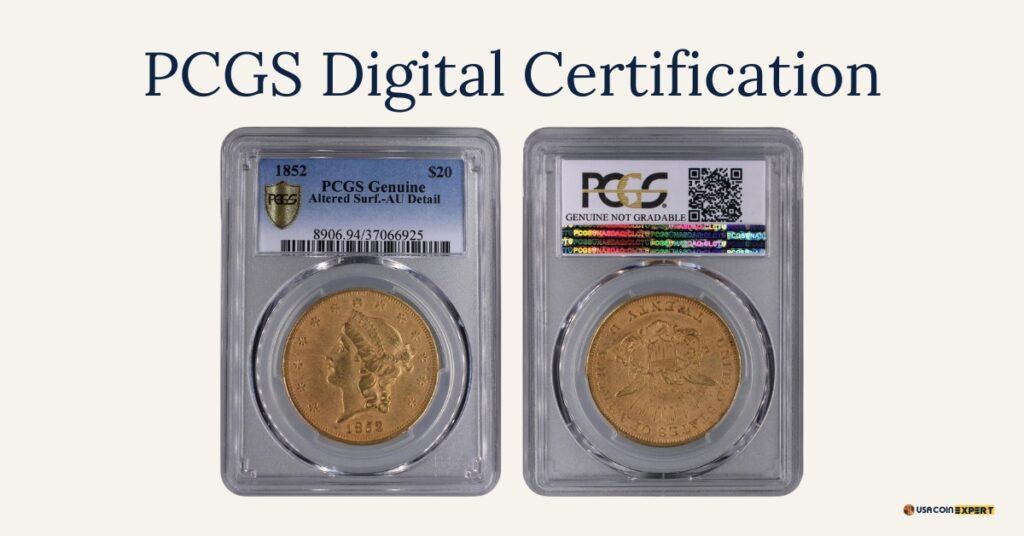
- Blockchain Technology for Provenance: Blockchain is gaining popularity for maintaining immutable records of a coin’s ownership history. By leveraging blockchain, mints and grading companies can offer collectors a tamper-proof digital record of their coin’s pedigree and certification details. Example: A gold bullion coin purchased from a dealer may come with a blockchain-backed record showing its origin, mint date, and ownership transfers, boosting trust in the transaction.
These technologies are particularly valuable in the investment-grade coin market, where authentication and provenance significantly impact a coin’s market value.
2. How Terms Evolve with New Technologies
The language of numismatics continues to expand, adapting to innovations in minting, grading, and trading. Here are a few examples of evolving terminology:
- Encapsulation vs. Slabbing: Previously, terms like “slabbing” were used to describe sealing coins in protective cases. Today, the term encapsulation is preferred, reflecting the advanced methods used by grading companies to safeguard coins while preserving visibility and certification details.
- Smart Coins: A growing trend, smart coins are coins embedded with NFC chips that allow collectors to access detailed information about the coin’s origins and authenticity by scanning it with a smartphone. This technology is already in use by some private mints.
- Digital Auctions: Online auction platforms are redefining how coins are bought and sold. Terms like bid increments and reserve price are becoming more relevant in virtual numismatic spaces. These platforms make rare coins more accessible to a global audience.
As the coin-collecting community adopts these changes, understanding the new terminology is essential for remaining informed and competitive.
3. Global Differences in Coin Collecting Terminology
Coin collecting isn’t uniform across the globe; regional preferences and terms often reflect the unique histories and cultures of different countries. Let’s explore some notable differences between U.S. and U.K. terminology:
- U.S. Terms:
- Penny vs. Cent: In the U.S., the one-cent coin is often called a “penny,” though its official name is “cent.”
- Mint Mark: U.S. coins feature a mint mark to indicate where they were produced, such as “D” for Denver or “S” for San Francisco.
- Proof Coin: A specialized coin struck for collectors with polished dies, emphasizing detail and shine.
- U.K. Terms:
- Penny and Pence: In the U.K., the term “penny” applies to a one-penny coin, but “pence” is used for plural denominations (e.g., 2p or 5p).
- Sovereign Coins: British collectors are familiar with gold sovereign coins, which are highly valued for their historical significance and bullion content.
- Trial Pieces: In the U.K., trial pieces (or pattern coins) refer to test coins produced before minting an official design.
- Universal Terms with Subtle Differences:
- Denomination: Refers to the coin’s face value but varies in significance depending on the region’s currency system.
- Grade: Both U.S. and U.K. collectors use the Sheldon Grading Scale, but local grading standards can differ in interpretation.
By understanding these global nuances, collectors can broaden their horizons and participate in international markets with greater confidence.
Key Takeaways for Advanced Collectors
- Embrace Technology: Adopting tools like blockchain-backed provenance and digital certifications can enhance the security and authenticity of your collection.
- Stay Updated on Evolving Terms: The language of numismatics evolves alongside innovations in minting and grading; keeping up ensures you’re well-informed.
- Expand Your Global Perspective: Understanding international terminology and market preferences opens new opportunities for acquiring rare and unique coins.
Conclusion
Understanding the terminology of coin collecting is more than just a step towards becoming a better collector—it’s the key to unlocking the full potential of this fascinating hobby. Whether you’re a beginner navigating the basics or an experienced collector delving into advanced concepts like bullion coins and blockchain-backed provenance, having a solid grasp of numismatic terms empowers you to make informed decisions, evaluate coins accurately, and connect meaningfully with the global community of collectors.
Frequently Asked Questions About Coin Collecting and Numismatics
1. What is the difference between circulated and uncirculated coins?
Circulated coins have been used in everyday transactions, which typically results in wear and tear.
Uncirculated coins are coins that have never been used for commerce and retain their original mint condition. These are often preferred by collectors for their pristine appearance and higher value.
2. How can I determine the value of a coin?
The value of a coin depends on several factors, including:
Condition (Grade): Assessed using scales like the Sheldon Grading Scale.
Rarity: Coins with low mintage or unique characteristics (like errors) are often more valuable.
Metal Content: For bullion coins, the spot price of the metal significantly influences value.
Demand: Market trends and collector interest can drive up value.
Use resources like the Red Book or online tools like PCGS Coin Price Guide to estimate your coin’s value.
3. What is a mint mark, and why is it important?
A mint mark is a small letter or symbol on a coin that indicates the facility where it was minted (e.g., “D” for Denver or “S” for San Francisco in the U.S.). Mint marks are crucial because they can significantly affect a coin’s rarity and value.
Example: A 1909-S V.D.B. Lincoln cent (minted in San Francisco) is far rarer and more valuable than its counterpart minted in Philadelphia.
4. What are error coins, and are they valuable?
Error coins are coins that feature mistakes made during the minting process, such as:
Double Die Errors: Design elements appear doubled.
Clipped Planchets: Coins with missing sections on the edge.
Off-Center Strikes: Coins where the design is misaligned.
These errors make coins unique, and collectors often pay a premium for rare or dramatic errors.
5. How should I store my coins?
Proper storage is vital to maintain a coin’s condition and value:
Use airtight holders or coin albums to protect coins from moisture and air exposure.
Store in a cool, dry environment, away from sunlight.
Avoid PVC-based plastics, as they can damage the coin’s surface over time.
For high-value coins, consider professional encapsulation by a grading service.
6. What is the difference between a proof coin and a regular coin?
Proof coins are specially struck for collectors using polished dies, giving them a mirror-like finish and sharper details.
Regular coins are made for circulation and lack the high level of detail seen in proof coins.
Proof coins are often sold directly by mints in limited quantities and are highly sought after by collectors.
7. What is the Sheldon Grading Scale?
The Sheldon Grading Scale is a 1–70 system used to evaluate a coin’s condition:
1: Poor – The coin is barely recognizable.
70: Perfect – A flawless coin with no visible marks, even under magnification.
This scale is the industry standard for assessing and comparing coin quality.
8. What resources can I use to learn more about coin collecting?
Here are some excellent resources:
Books: A Guide Book of United States Coins (The Red Book), Coin Collecting for Dummies.
Websites: PCGS, NGC, CoinWeek, U.S. Mint.
Apps: CoinSnap for identifying coins, PCGS Photograde for grading assistance.
Communities: Join forums like CoinTalk or Reddit’s r/Coins.
9. What is the intrinsic value of a coin?
The intrinsic value is the value of a coin based on its metal content (e.g., gold, silver, copper) rather than its face value or collectible value.
Example: A silver bullion coin may have an intrinsic value tied to the current spot price of silver, regardless of its numismatic appeal.
10. Is coin collecting a good investment?
Coin collecting can be a profitable investment, particularly for rare or bullion coins made of gold or silver. However, it’s important to:
Educate yourself about grading, market trends, and rarity.
Avoid overpaying for coins based solely on hype.
Store your collection properly to maintain its value.



